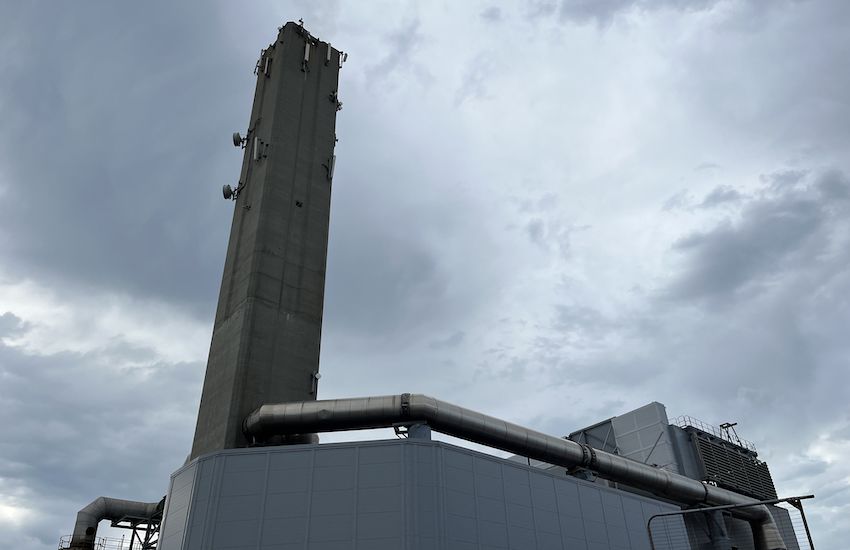


Electricity demand hit historic levels in January, triggering some localised outages.
However, Guernsey Electricity has said that the number of faults it has seen remains stable in the longer term.
Last week Traffic & Highway Services said it could not remember the number of emergency works being as high as it was seeing, as it cancelled some planned work to help minimise the disruption.
On Monday 22 January, there were two burst water mains, a gas leak, and three electricity cable faults.
“During the recent cold weather in January 2024, demand for electricity in Guernsey peaked at 94.2MW, matching the historical maximum set during lockdown in February 2021,” a Guernsey Electricity spokesperson said.
“This additional demand caused some localised supply interruptions in January. We apologise for any inconvenience caused to our customers and will continue to make every effort to communicate service updates proactively.”
Guernsey performs well compared to other jurisdictions on the average number of minutes lost per customer per year through such incidents, it said, with 99.9% availability of supply maintained across the year.
“As with most electricity network providers, Guernsey Electricity does encounter more faults in the winter months due to a combination of factors such as progressively higher loads and wet weather.”
When there were faults, in many cases they were fixed in under an hour.
“Not all faults or outages are due to ‘emergency works’ or related to issues such as weather. Guernsey Electricity frequently locates and restores third party asset damages and non-load-related faults.
“We understand it can be inconvenient when supply is disrupted and so aim to update our customers through social media as information becomes available.”
It is investing to enhance the network, such as the Beau Sejour at PEH substations which each houses two 20MVA electricity transformers capable of supplying 25% of the island’s electricity.
“These are major projects and considerable investments in the Island’s infrastructure.
“A greater level of investment is required and must be sustained in the long term to keep up with the increasing demand and changes in the way we all use electricity, reflecting the Electricity Strategy that has been agreed.”
In that strategy, the States agreed to increase the capacity of Guernsey’s cable links to the European grid, which last year supplied over 90% of all the electricity used in Guernsey. It will also support on-island supplementary renewable energy generation while the slow speed diesel plant at the power station will be retired in favour of more modern back-up.
Burst water mains also occur more frequently in the winter.
“We closely monitor our burst rates and there has been no increase on an annual basis,” said Guernsey Water Operations Manager Jon Holt.
“Although we obviously have to react when a pipe bursts, we do have a rolling, proactive Watermain Rehabilitation Programme replacing our older, cast-iron mains which are more prone to bursting – such as the work currently underway in Route de Pleinmont, which is replacing a pipe from the 1930s. Water is a 24/7 resource and this is some of the island’s most critical infrastructure.
“Our 2024 budget includes £7.7m. of capital investment in the network and other infrastructure.”
Comments
Comments on this story express the views of the commentator only, not Bailiwick Publishing. We are unable to guarantee the accuracy of any of those comments.